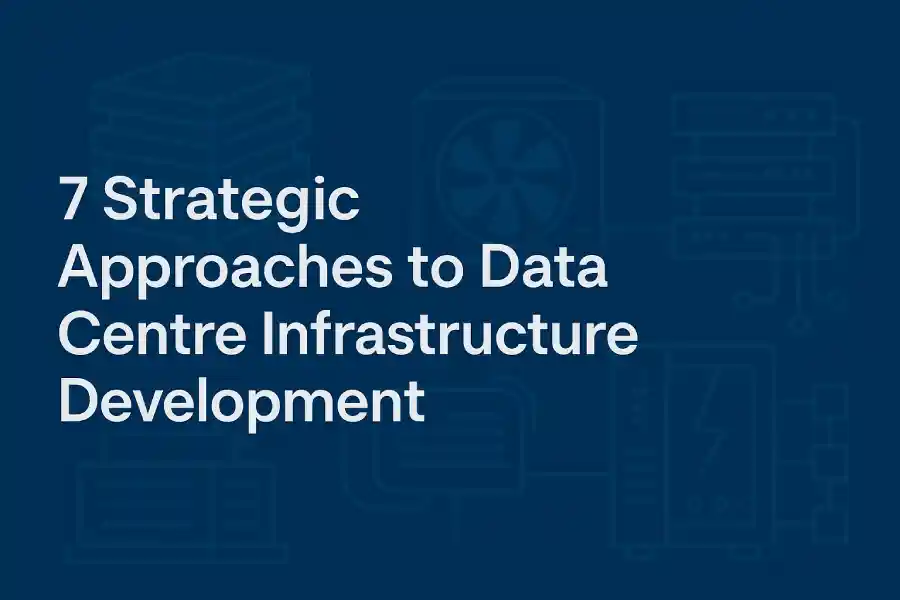
In today’s data-driven world, organizations face unprecedented challenges in managing their growing digital infrastructure needs. IT leaders must navigate complex decisions regarding storage capacity, energy efficiency, and technological integration while ensuring scalability for future demands. Business executives and infrastructure specialists who explore data centre development solutions often discover that successful implementation requires balancing immediate operational requirements with long-term strategic objectives. This delicate balance demands comprehensive understanding of emerging technologies, environmental considerations, and evolving regulatory frameworks that shape the data centre ecosystem.
Modular Design Implementation
Modular data centre architectures have revolutionized facility development by offering flexibility that traditional designs cannot match. These solutions employ pre-engineered, standardized components that can be rapidly deployed and scaled according to changing requirements.
A key advantage of modular implementation is the ability to right-size infrastructure from the outset, avoiding unnecessary capital expenditure while maintaining pathways for expansion. Recent case studies from financial services and healthcare sectors demonstrate 30-40% reductions in deployment timeframes compared to conventional construction methods. The standardized nature of these components also simplifies maintenance protocols and reduces operational complexity across the facility lifecycle.
Power Infrastructure Optimization
Power distribution remains one of the most critical elements in data centre development. Modern facilities are increasingly adopting dynamic power management systems that continuously monitor and adjust electricity flow based on real-time computing demands.
Advanced uninterruptible power supply (UPS) systems now achieve efficiency ratings exceeding 97% at typical load patterns, compared to 85-90% in legacy installations. The implementation of distributed redundant power architectures rather than traditional N+1 or 2N configurations has enabled organizations to maintain robust reliability while reducing energy consumption. Integrated battery monitoring systems that employ predictive analytics can now forecast potential failures up to 60 days in advance, dramatically reducing the risk of unplanned downtime.
Cooling Innovation and Thermal Management
Cooling systems typically account for 35-40% of a data centre’s energy consumption. Contemporary development approaches prioritize innovative cooling methodologies that significantly reduce this overhead.
Direct liquid cooling technologies, which bring coolant directly to high-heat components, have demonstrated efficiency improvements of up to 45% compared to conventional air cooling. Free cooling systems that leverage ambient environmental conditions can eliminate mechanical cooling requirements for up to 75% of operational hours in suitable climates. Temperature and airflow optimization through computational fluid dynamics modeling now allows facilities to safely operate at higher ambient temperatures, expanding the thermal envelope while maintaining equipment reliability.
Network Infrastructure Planning
The backbone of any data centre lies in its network architecture. Modern development requires forward-thinking approaches to connectivity that support evolving workload patterns.
Spine-leaf network topologies have largely replaced traditional three-tier architectures, providing lower latency and greater cross-sectional bandwidth for east-west traffic flows that dominate contemporary applications. Implementation of software-defined networking (SDN) enables programmable infrastructure that can rapidly adapt to changing requirements without physical reconfiguration. Organizations adopting 400G Ethernet technology in new deployments report significant consolidation of switching infrastructure, reducing complexity while increasing throughput capabilities for data-intensive workloads.



